Everything you need to know about specifications and performance - Infiniti Q70 2014 - 3.7 V6 (320 Hp) Automatic
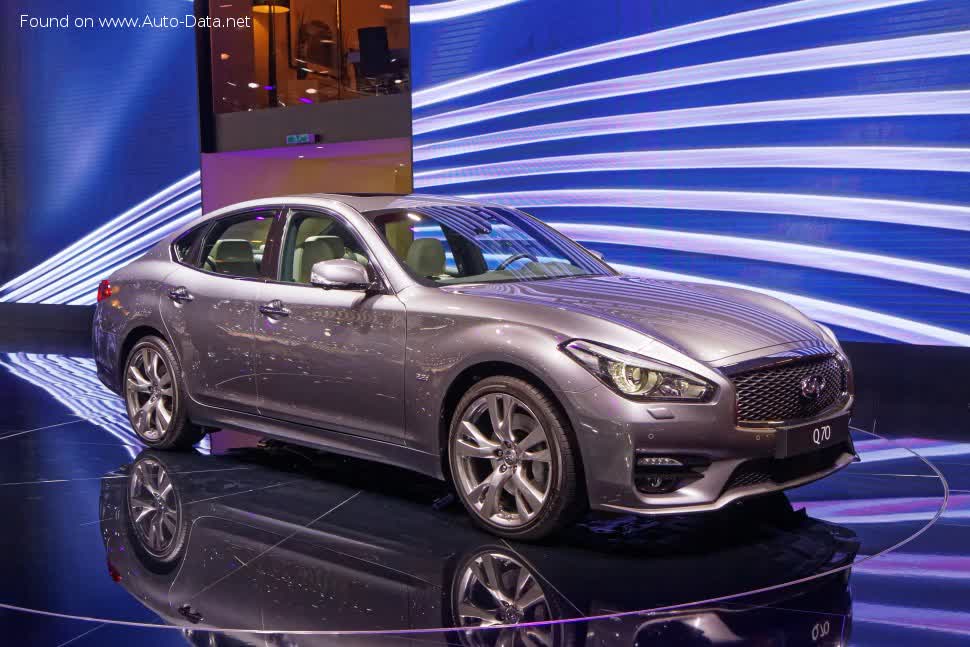
Overview:
What is the engine capacity of a Infiniti Q70 2014?
The engine capacity of the Infiniti Q70 2014 is 3696.
Infiniti Q70 2014 How many horsepower?
The engine power of the Infiniti Q70 2014 is 320 Hp @ 7000 rpm..
What is the Infiniti Q70 2014 engine?
Infiniti Q70 2014 engine is VQ37VHR. (Click to see other cars using the same engine)
How much gasoline does a Infiniti Q70 2014 consume?
The Infiniti Q70 2014 consumes 10.8 liters of gasoline per 100 km
What is the recommended oil for a Infiniti Q70 2014 engine?
The recommended oil for a Infiniti Q70 2014 car engine is 0W-30 / 0W-40 / 5W-30 / 5W-40 / 10W-30 / 10W-40 / 15W-40.
General:
Engine:
Performance:
Space:
dimensions:
Powertrain, Suspension and Brakes:
See also

Other generation.
Its production began in 2013 until 2014
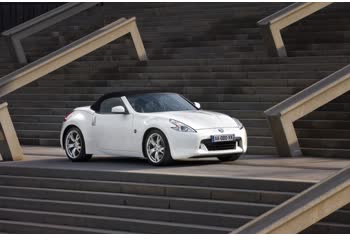
Same engine. (VQ37VHR).
Its production began in 2009 until 2012
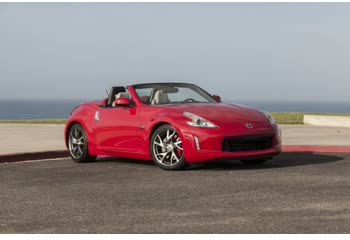
Same engine. (VQ37VHR).
Its production began in 2012 until 2017
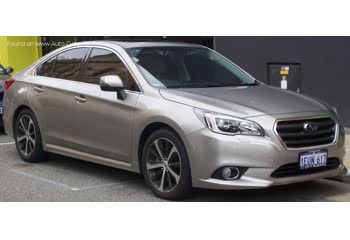
Same production year and almost the same engine capacity.
Its production began in 2014 until 2017
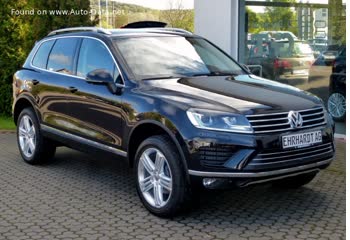
Same production year and almost the same engine capacity.
Its production began in 2014 until 2018

Same production year and almost the same engine capacity.
Its production began in 2014 until 2017

Write a comment